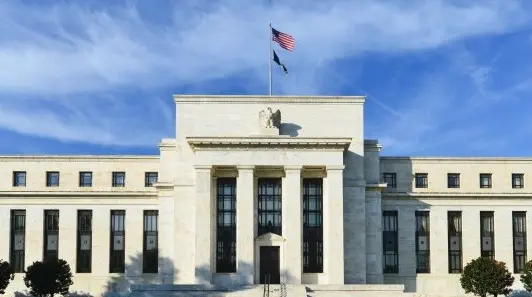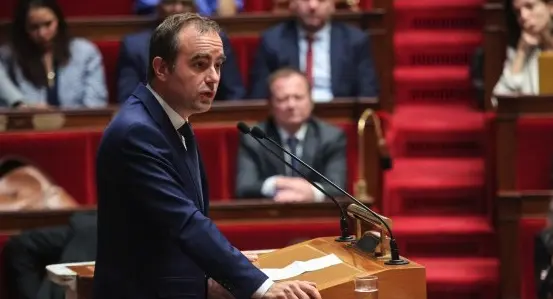Tighter balance, higher prices
Prior to these latest cuts we were expecting the global market to be in deficit by around 1.3m b/d between the second quarter of 2023 and the fourth quarter. However, these cuts would push the deficit to in excess of 2m b/d.
We have not made any changes to our Russian supply number given we were already assuming a significant decline in output this year.
A tighter market means that we now expect higher oil prices. Prior to these announced cuts we were forecasting Brent to average US$97/bbl over the second half of the year. However, we now expect the market to average US$101/bbl over this period.
Read next: Indonesia: Inflation moderates further in March| FXMAG.COM
There are clear risks to this view. The most important being the demand outlook. At the moment, global oil demand is forecast to grow by around 2m b/d in 2023. A significant amount of this growth is concentrated in China (close to 50%), so naturally this is a risk, given a substantial amount of demand growth hinges on one country. Meanwhile, we will need to keep an eye on whether the aggressive tightening from central banks around the world leads to a stronger-than-expected slowdown later in the year. For now, we are still expecting marginal demand growth from OECD countries.
The US has already voiced its concerns over these latest cuts. Clearly, if prices push higher, we will likely see growing pressure on OPEC to increase output. Although, as seen over much of last year, it could very well choose to ignore this. This leaves the US possibly tapping the Strategic Petroleum Reserve (SPR) once again if needed, but given that the SPR is at its lowest levels since the early 1980s, it may be reluctant to do so.
| 


















































































